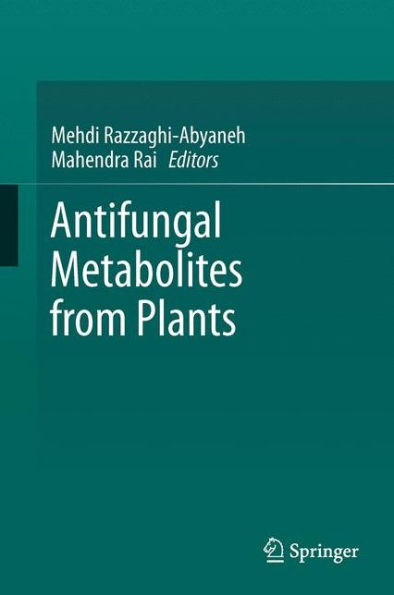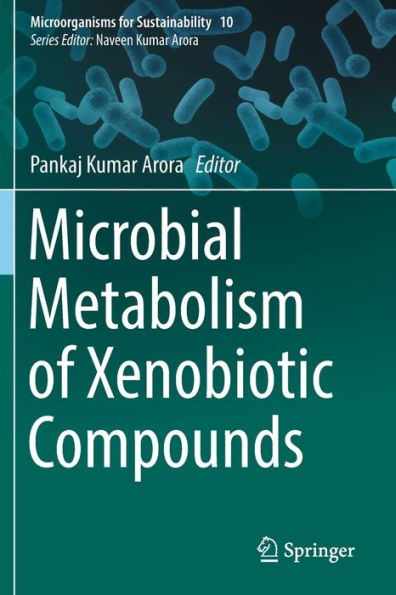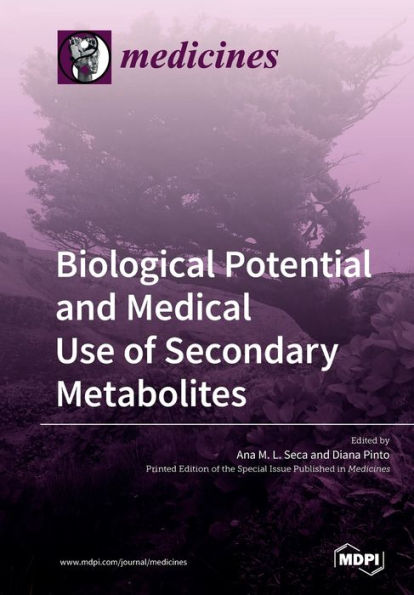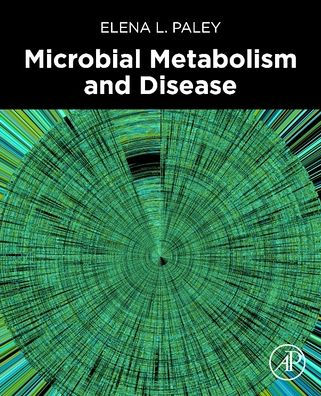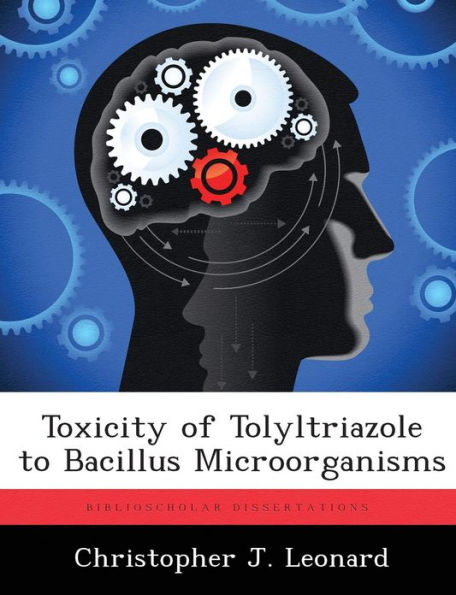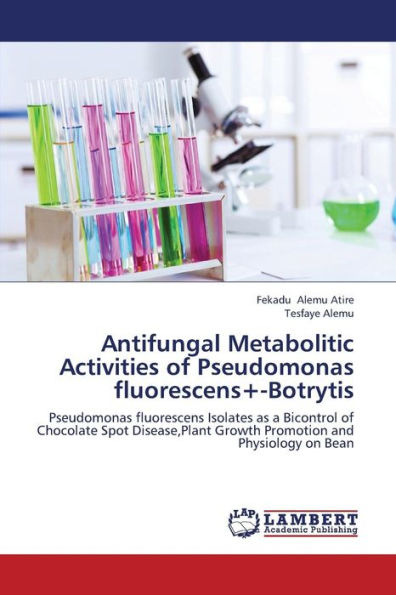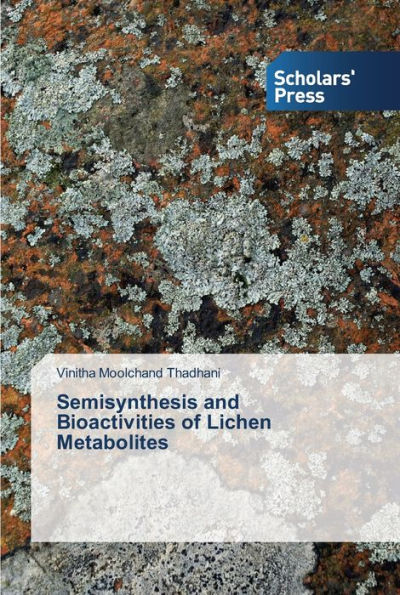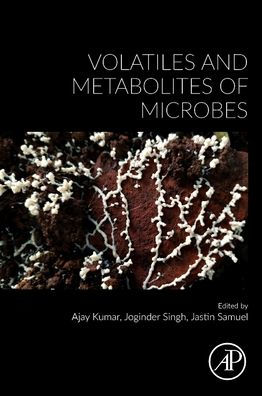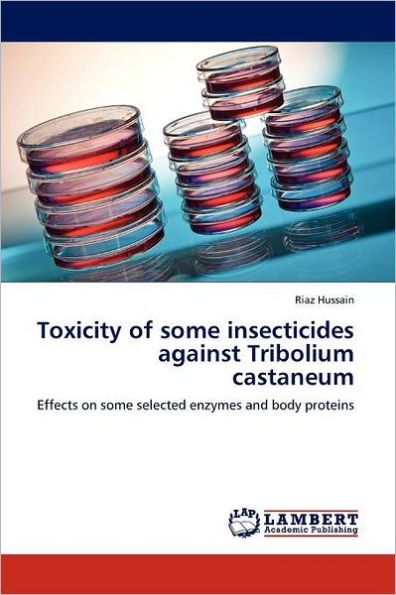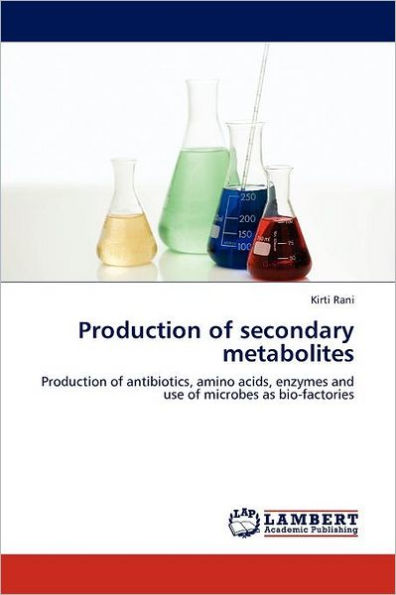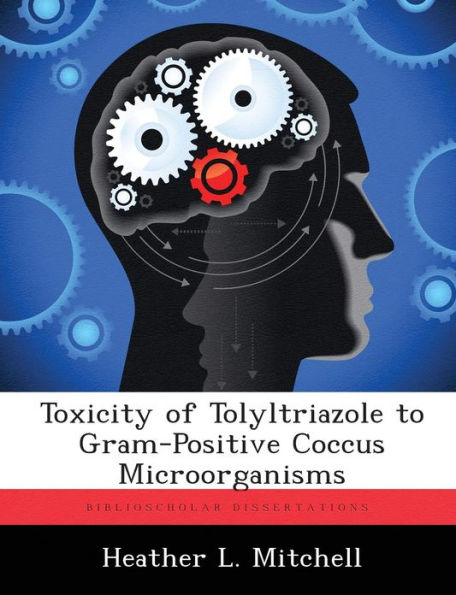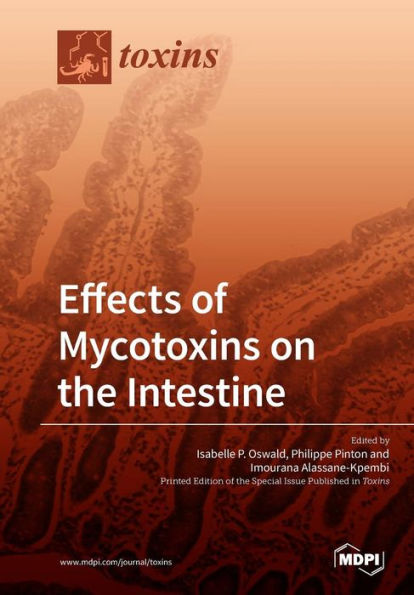Home
Metabolism and Toxicity of Trichothecenes


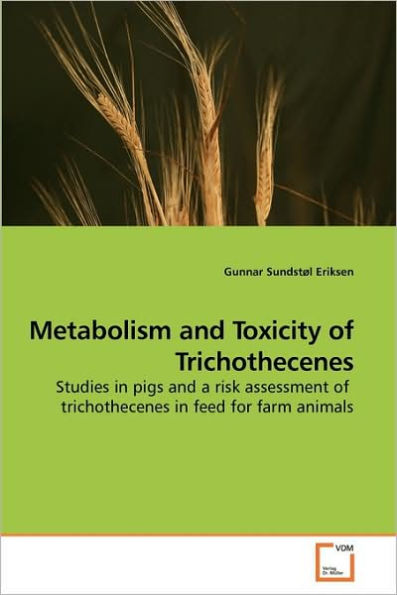
Metabolism and Toxicity of Trichothecenes
Current price: $52.92
Loading Inventory...
Size: OS
Trichothecenes are mycotoxins produced by Fusarium fungi commonly found in cereals. The toxins have been associated with diseases in humans and farm animals. Trichothecenes are chemically closely related toxins with an epoxide ring. The micro- organisms in faeces from pigs had the ability to transform trichothecenes to de-epoxy metabolites. The ability was transferred between pigs when faeces were transferred between pens. Human faeces were not able to transform trichothecenes. The de-epoxides were shown to be less cytotoxic than toxins with an intact epoxide ring, verifying that the transformation is a detoxification. 3-acetyl-DON was rapidly de-acetylated and absorbed in pigs followed by a rapid excretion. No accumulation occurred in plasma. No de-epoxy DON was present in plasma or urine, indicating that the de- epoxidation occurs in the lower parts of the gastrointestinal tract where the absorption is low. DON and conjugated DON were the only metabolites detected in plasma and urine. Feeding studies with DON and T-2 given in feed to farm animals were reviewed and guideline limits for feed proposed.
